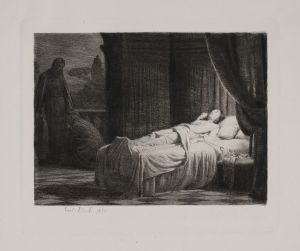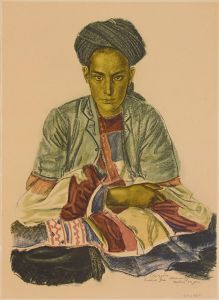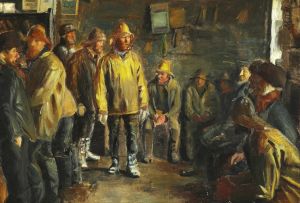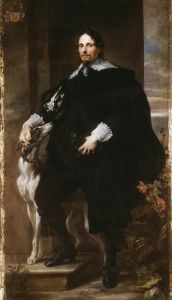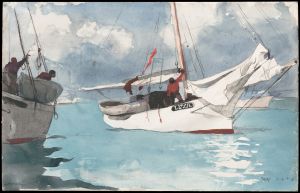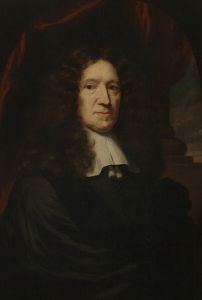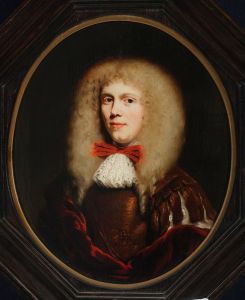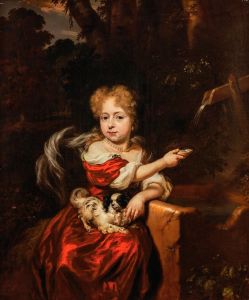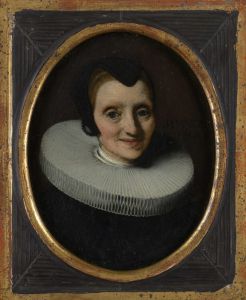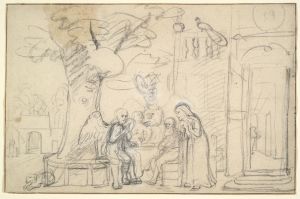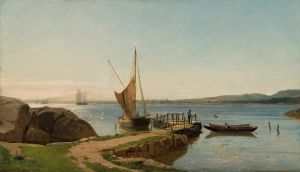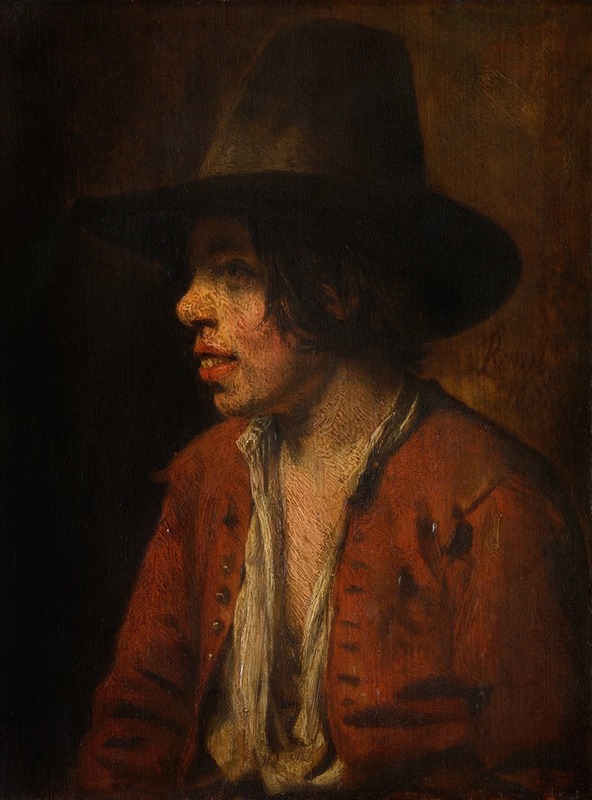
Fisherboy
A hand-painted replica of Nicolaes Maes’s masterpiece Fisherboy, meticulously crafted by professional artists to capture the true essence of the original. Each piece is created with museum-quality canvas and rare mineral pigments, carefully painted by experienced artists with delicate brushstrokes and rich, layered colors to perfectly recreate the texture of the original artwork. Unlike machine-printed reproductions, this hand-painted version brings the painting to life, infused with the artist’s emotions and skill in every stroke. Whether for personal collection or home decoration, it instantly elevates the artistic atmosphere of any space.
Nicolaes Maes was a Dutch painter known for his genre works and portraits during the Dutch Golden Age. Born in January 1634 in Dordrecht, Maes was initially a pupil of Rembrandt in Amsterdam, which significantly influenced his early style. Over time, Maes developed his own distinctive approach, particularly in genre scenes depicting domestic life and portraits.
"Fisherboy" is one of Maes' notable works, although specific details about the painting, such as its creation date, are not widely documented. The painting is characteristic of Maes' ability to capture everyday life with a sense of realism and warmth. In "Fisherboy," Maes portrays a young boy engaged in the simple, yet timeless activity of fishing. This subject matter aligns with Maes' interest in depicting ordinary people and their daily routines, a common theme in Dutch genre painting of the 17th century.
The composition of "Fisherboy" reflects Maes' skillful use of light and shadow, a technique he likely honed under Rembrandt's tutelage. The play of light in the painting not only highlights the boy's features but also adds depth and dimension to the scene, drawing the viewer's attention to the central figure. Maes' attention to detail is evident in the boy's clothing and the surrounding environment, which are rendered with a careful and realistic touch.
Maes' genre paintings, including "Fisherboy," often convey a narrative or evoke a particular mood. In this work, the boy's expression and posture might suggest a moment of contemplation or the simple joys of youth. Such scenes were popular among Dutch audiences of the time, who appreciated art that reflected their own lives and values.
Throughout his career, Maes' style evolved, particularly as he shifted focus from genre scenes to portraiture. By the late 1650s, Maes had moved back to Dordrecht and later to Amsterdam, where he became a sought-after portraitist. His portraits are known for their elegance and the psychological insight with which he captured his subjects.
Despite the shift in focus, Maes' early genre works, including "Fisherboy," remain significant for their contribution to the Dutch Golden Age of painting. They offer a glimpse into the daily life of the period and showcase Maes' ability to blend narrative content with technical skill.
Today, Nicolaes Maes is recognized as an important figure in Dutch art history. His works are held in various collections around the world, where they continue to be studied and appreciated for their artistic merit and historical significance. While specific information about "Fisherboy" may be limited, the painting is a testament to Maes' enduring legacy as a master of genre painting.





